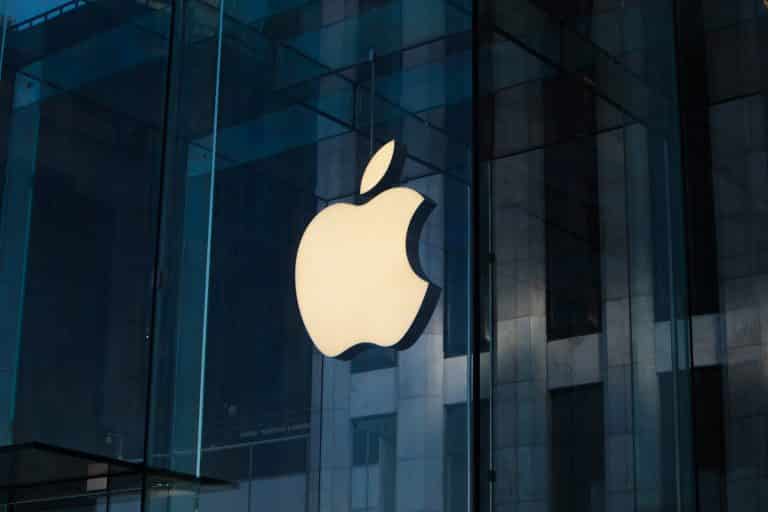According to famous Apple analyst Ming-Chi Kuo, the company’s augmented reality headgear might ship in 2022 and be powered by two CPUs. When it is released next year, the gadget may be capable of supporting both Augmented Reality (AR) and Virtual Reality (VR), and it may be equipped with micro-OLED screens.
By including LiDAR technology in the iPhone 12 Pro, Apple has already achieved significant advances in augmented reality technology on the iPhone and iPad. Analysts predict that within a decade, the business will be able to replace the iPhone with its augmented reality wearables, which have been rumoured for some months.
According to a report by 9to5Mac, while the Cupertino business has yet to disclose any plans for augmented reality or virtual reality headsets in the coming year, Kuo predicts that Apple will release a strongly augmented reality headset in the fourth quarter of 2022, according to Kuo. In addition to processing capabilities similar to those of a Mac, the speculated AR headset might run independently of a Mac (PC) or an iPhone (phone), while supporting a wide range of apps.
In Kuo’s opinion, Apple’s augmented reality headset might be powered by two chips: a strong one that gives equivalent power to last year’s M1 Mac, and a less powerful one that will handle sensors on the headgear. Moreover, according to Kuo, the gadget might include two Sony 4K micro-OLED panels, which would enable it to support virtual reality.
In addition, the analyst believes that in order to offer the AR headset with its own ecosystem, the business should position it “independently” of the iPhone and the Mac, rather than as an accessory to the devices in question.
According to his assertions, the amount of computing power required by the headgear would be greater than that required by the iPhone, which requires three optical modules to operate at the same time. Alternatively, the analyst predicts that the AR headset would require “at least” six to eight optical modules in order to provide “continuous see-through AR services,” according to the analyst.
Apple could eventually replace the iPhone with augmented reality in a decade, according to Kuo. The analyst believes that “the demand for Ajinomoto Build-up Film (ABF) of AR headsets will exceed at least one billion pieces in ten years,” and that the company will need to sell “at least one billion AR devices” in ten years to replace the iPhone in a decade.

